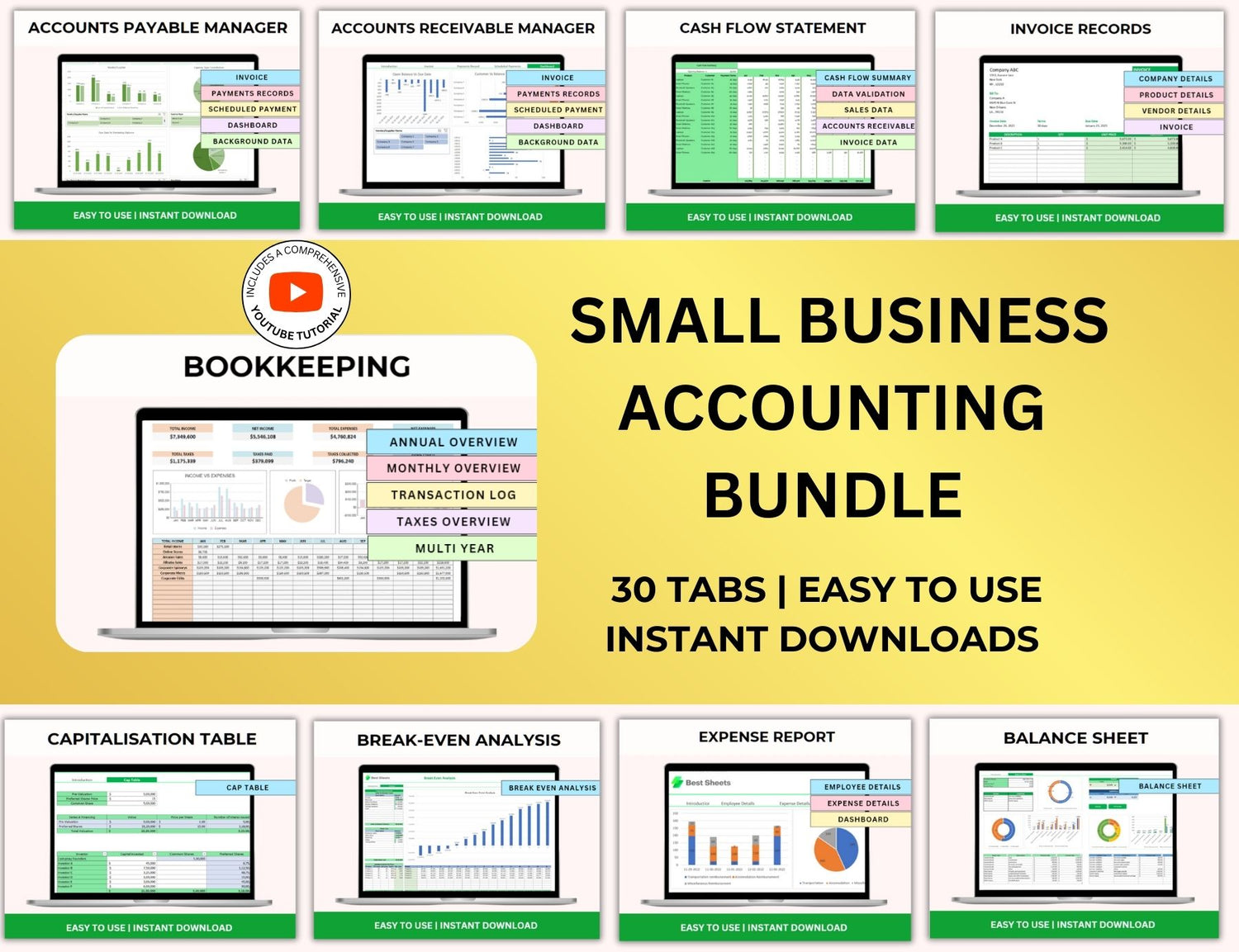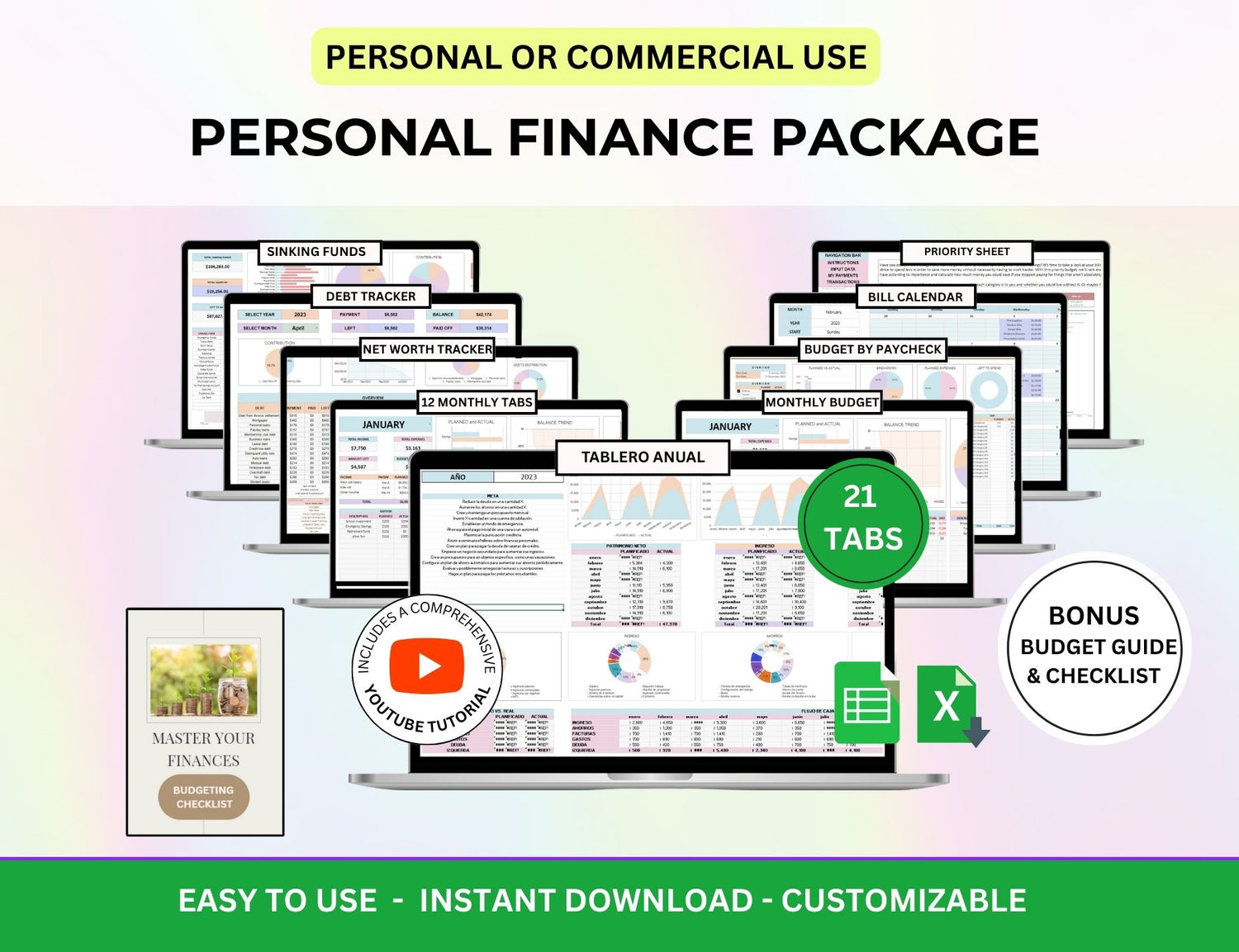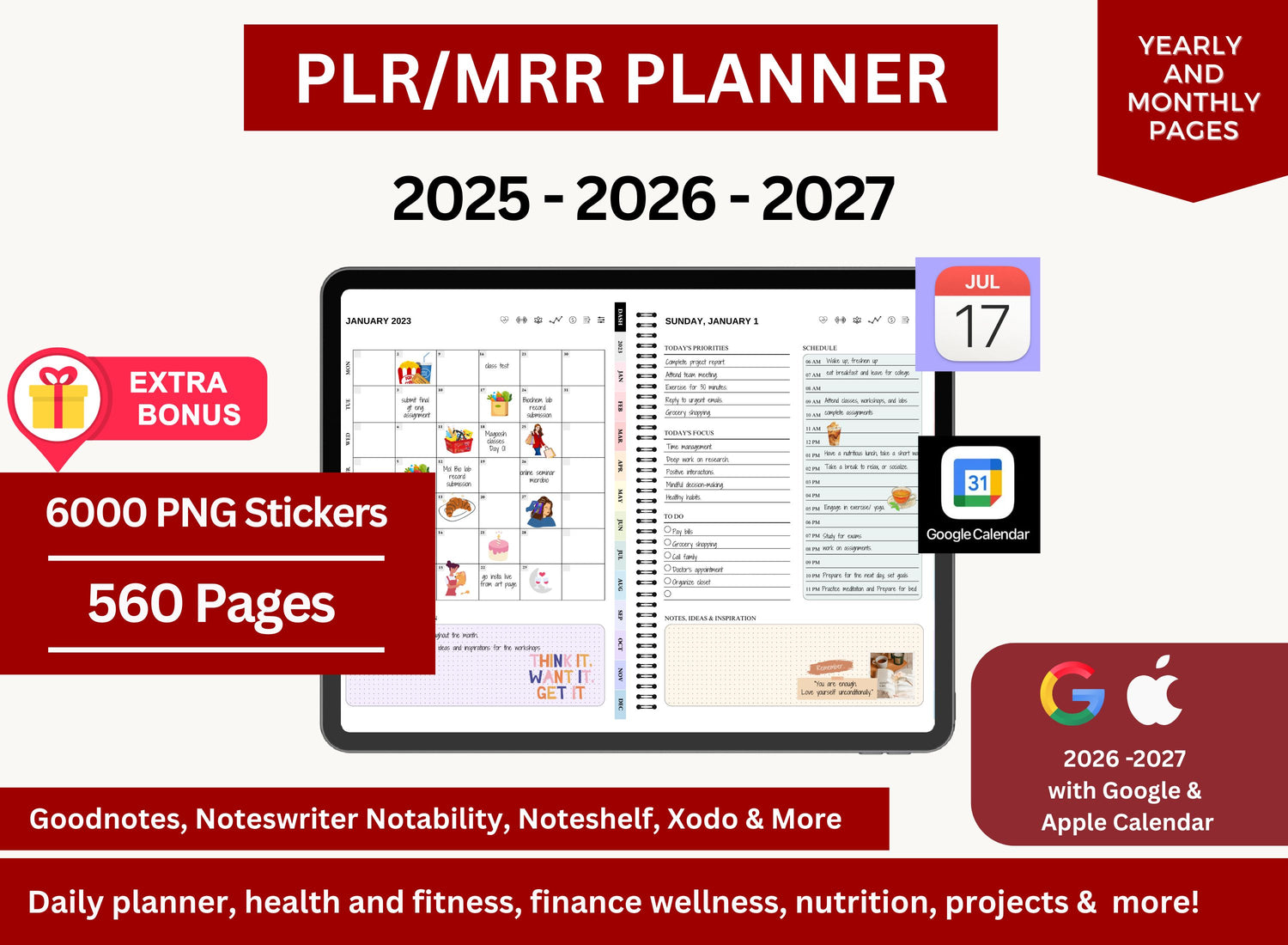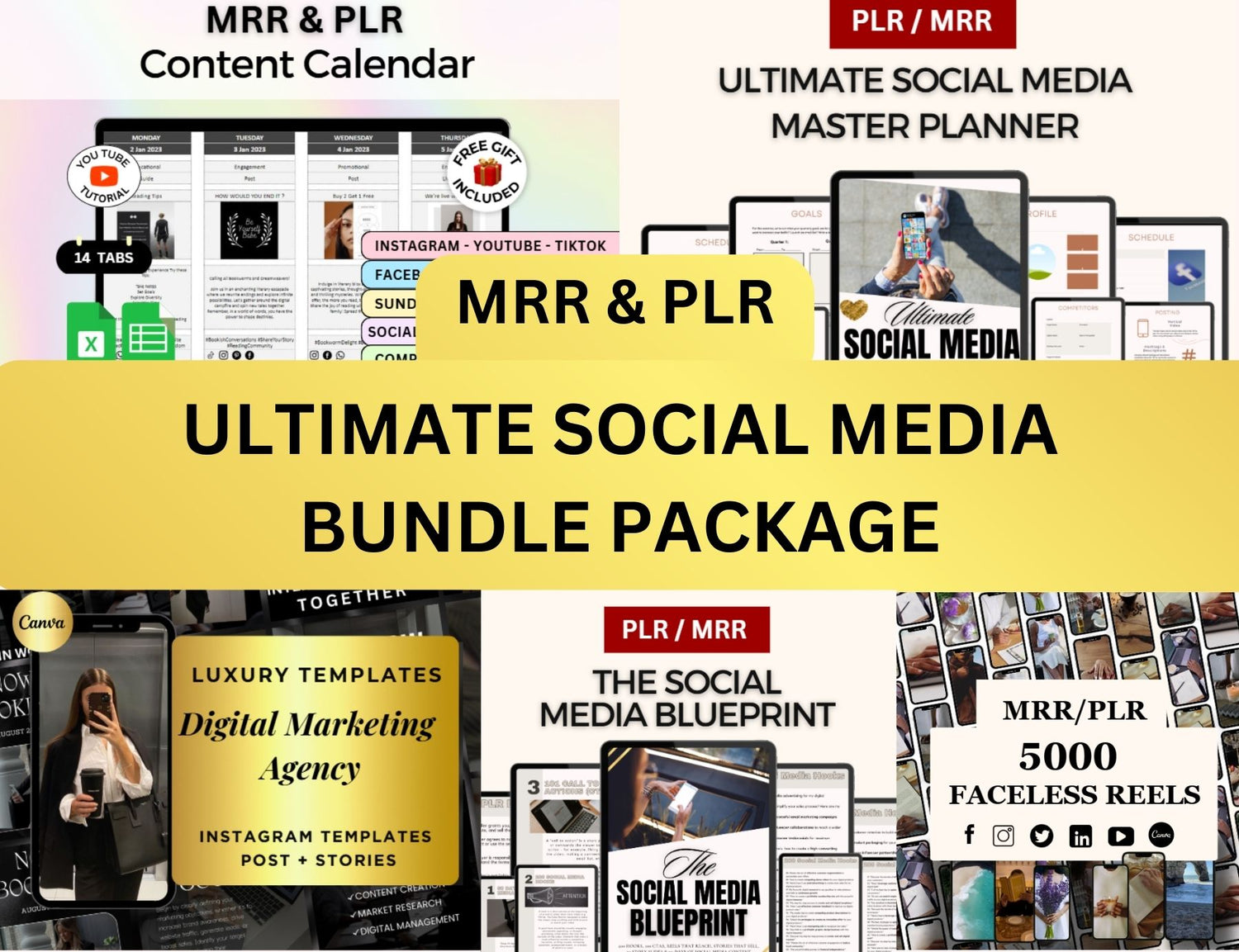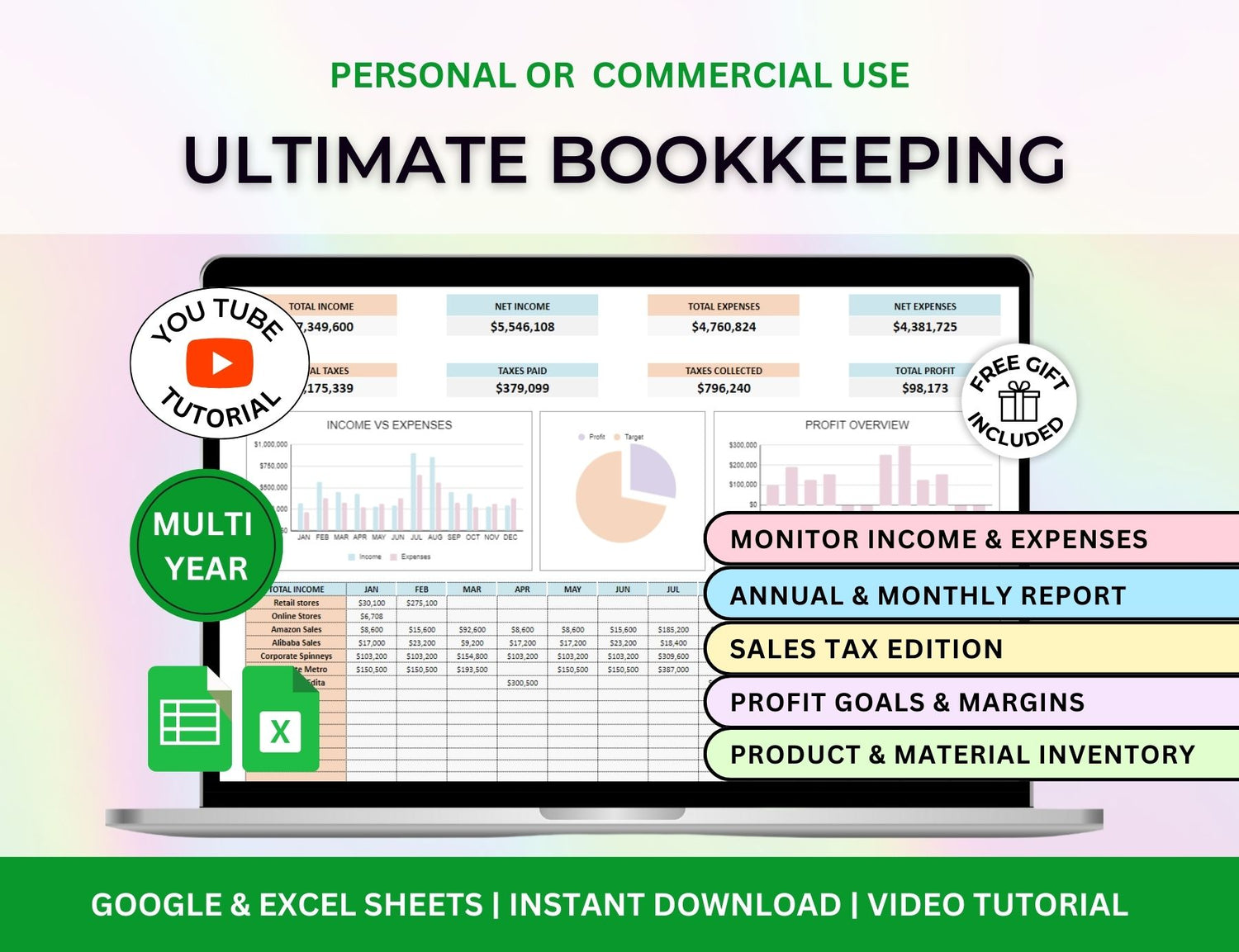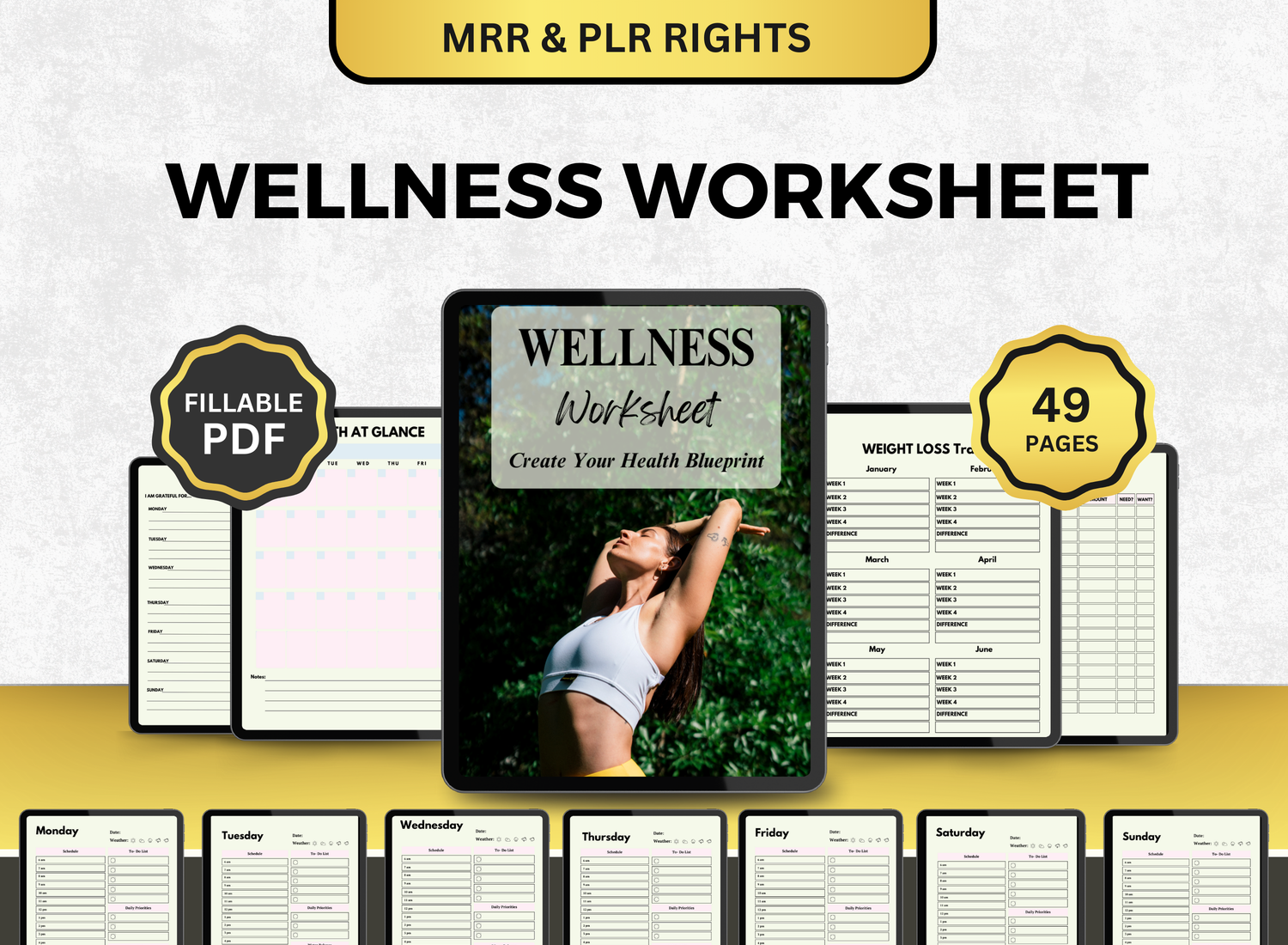Top 10 Best Tools for Agile Teams in 2025 with Comparisons
You’d think, by now—2025—we’d have “the” tool. Like, one clear, indisputable choice for Agile teams. Something that just… works. But the reality is more complicated. Agile itself isn't a monolith, and neither are the teams using it. Some are tiny, two-person startups sprinting toward MVPs. Others are sprawling corporate squads juggling multiple dependencies, compliance workflows, and executive expectations. So the best tool? It depends.
That’s the short answer. The longer one—the human one—involves nuance, tradeoffs, and a bit of trial and error. Below, I’ve broken down ten of the most popular Agile project management tools for 2025. Not as a perfect comparison (because there really isn't one), but more like a guided walk through what each one brings to the table. Where they shine. Where they might fumble. And, hopefully, enough detail to help you figure out what actually fits your team—not just what looks good in a demo.
Let’s dive in.
TL;DR
| Tool | Best For | Why It Stands Out |
|---|---|---|
| Jira | Enterprise dev teams | Deep customization, powerful backlog + sprint tracking, but a bit complex |
| Asana | Creative & cross-functional teams | Visual, intuitive, flexible enough for Agile without the clutter |
| Trello | Small teams or Agile beginners | Simple Kanban flow with surprising depth via Power-Ups |
| ClickUp | Teams wanting “one tool for everything” | Ambitious all-in-one platform, highly customizable—but can feel overwhelming |
| Monday.com | Visual thinkers across departments | Colorful, configurable boards + templates for every team flavor |
| Wrike | Metrics-driven teams | Strong reports, real-time collaboration, great for structured Agile workflows |
| Smartsheet | Spreadsheet lovers scaling up | Familiar grid interface + automation and dashboarding superpowers |
| Basecamp | Minimalist teams who prioritize clarity | Clean, communication-first environment—but light on Agile-specific features |
| Taiga | Open-source fans & lean Agile teams | Built for Scrum/Kanban, fast and lightweight with a developer-friendly vibe |
| Zoho Projects | Zoho suite users or budget-conscious PMs | Solid feature set, full integration with Zoho apps, a bit clunky UI |
1. Jira – Still the Heavyweight, for Better or Worse
Jira is… well, it’s Jira. If you’ve worked on a software team in the last decade, you’ve probably used it. Or wrestled with it. Or both. It remains the go-to choice for a lot of engineering teams, and in 2025, Atlassian has doubled down on its dominance with tighter integration into DevOps workflows, machine learning–powered backlog suggestions, and more automation across the board.
What makes Jira powerful—sometimes too powerful—is its depth. You can build incredibly detailed project management schedules, track every bug, and visualize dependencies across multiple sprints using built-in Gantt chart templates or even a custom project plan template Excel-style export. It supports project management schedule templates, dashboards, and roadmaps. Honestly, it can be brilliant… or overwhelming.
I remember a friend once telling me she spent more time setting up her “perfect” Jira workflow than actually managing her team. That stuck with me. It’s a beast, but it’s your beast if you tame it.
For teams that need robust structure—especially in regulated environments or large organizations—Jira is still the safest bet. But smaller, less technical teams? They might feel boxed in.
2. Asana – Agile, but with Breathing Room
Asana feels different. It’s lighter, more visual, less… rigid. There’s room for creativity. That might sound vague, but once you use it, you get it. Its interface is intuitive without being too basic, and the timeline view (which is essentially a Gantt chart, just prettier) lets you see everything at once—tasks, assignees, dependencies. It’s especially handy for teams working in content, design, marketing—anyone who needs clarity without complexity.
They’ve also added more Agile-friendly features over the past year. Sprint planning, custom fields for epics and story points, and even built-in project management templates—like a reusable project plan template Excel users would feel comfortable with. You can also import your own project tracker Excel templates if that’s more your style.
Does it match Jira in granularity? Not really. But that’s kind of the point.
I once ran a sprint retrospective in Asana where we ended up discussing color coding longer than the actual sprint goals. That says something—about the tool, and maybe about our team dynamic. But it also points to Asana’s gentle learning curve and its ability to flex around different working styles.
(Sample of a Kanban board spreadsheet template.)
3. Trello – Simple, Not Stupid
Trello is like a whiteboard with superpowers. It’s been around forever, and while some people might see that as a drawback, there’s comfort in its consistency. Cards. Lists. Boards. That’s the whole model, and it works—especially if your team doesn’t need heavy reporting or complex tracking.
Trello isn't necessarily the first choice for large Agile teams, but it earns its place here because of its adaptability. You can layer on Power-Ups (think plugins) for Gantt charts, time tracking, and even automation. I used a project plan template once that was basically just a Trello board with due dates and tags, and it worked surprisingly well. No drama, no friction.
There’s even a template gallery now with everything from Excel task tracker templates to visual project management template PPT layouts, though you’ll probably find yourself customizing those pretty quickly.
Trello’s strength lies in its simplicity—but simplicity doesn’t mean it’s lightweight. It just doesn’t pretend to be something it’s not.
4. ClickUp – The Ambitious One
ClickUp is... a lot. In a good way? Maybe. Sometimes in a confusing way. It’s one of those tools that promises to replace every other productivity tool you use: tasks, docs, goals, chat, whiteboards—you name it.
The interface can feel like drinking from a firehose, especially when you first sign up. But once you get past that initial flood, there’s a very powerful system underneath. You can create fully customizable views, automate entire workflows, and link everything to high-level project goals. It even supports detailed project schedule templates Excel users might appreciate for planning large, structured projects.
And the templates—there are so many. Project management plan templates, Gantt chart templates, sprint boards, even OKR trackers. It’s like a buffet where everything looks good and you end up with a slightly chaotic plate.
Still, the ambition is admirable. If your team is willing to invest the time upfront, ClickUp can scale with you in ways that simpler tools just can’t.
(Sample of a customer relationship management tracker template.)
5. Monday.com – Visual and Very Configurable
I used to think of Monday.com as more of a “pretty spreadsheet.” It kind of started that way—colorful columns and labels and whatnot. But by 2025, it’s matured into a fully-fledged project management platform, one that’s particularly Agile-friendly if you take the time to tweak it.
Where it shines is in the ability to customize boards for different teams. Product managers, HR, marketing—everyone can have a workflow that makes sense to them. You can build out a full sprint board with burndown charts, or keep it simple with a task tracker Excel-style layout.
Its project management templates are pretty robust too—especially if you're looking for PowerPoint-friendly overviews (project management template PPT files are surprisingly useful for stakeholder meetings) or structured project plan templates. You can also connect boards together, which is helpful for tracking epics and cross-functional work.
There is a small catch. Monday.com can get pricey as your team grows. Worth it? That depends on how much you rely on the visual customization features.
6. Wrike – Built for Teams That Love Reports
Wrike doesn’t always get the buzz it deserves, but if your team thrives on metrics and collaboration, it’s worth a look. Its strength lies in its blend of real-time communication tools and detailed reporting features.
You can plan projects, track progress, and adjust timelines easily—and all while keeping stakeholders in the loop. Wrike has strong support for Agile workflows, though its terminology sometimes leans more traditional. Still, with a little tweaking, you can set up sprint boards, manage backlogs, and generate reports that even the most numbers-focused execs will appreciate.
Its template library is solid: Gantt chart templates, project tracker Excel templates, even built-in project management plan templates. There’s a structure here that some teams will love—others, maybe less so. It’s not the most “fun” tool to use, but it’s reliable. And sometimes that matters more.
7. Smartsheet – Spreadsheet DNA with a Modern Twist
Smartsheet is what happens when Excel meets project management and decides to go to grad school. The grid layout is instantly familiar—especially to PMs who’ve lived in spreadsheets for years—but it also supports automation, dashboards, and collaboration tools that go way beyond what Excel can offer.
In terms of Agile support, it’s not as out-of-the-box as, say, Jira. But you can build almost anything with it if you have the time. Sprint boards, resource management trackers, project schedule templates Excel-style—you name it. It also plays well with Microsoft and Google tools, which makes it a good fit for hybrid environments.
I once helped a team transition their entire Excel task tracker template into Smartsheet, and within a few weeks, they were running retrospectives and tracking story points. It wasn’t magic, but it worked.
Just be aware that Smartsheet does best when you have someone internally who’s willing to “own” it—someone who builds out templates, manages access, and trains new users.
8. Basecamp – Straightforward and No-Nonsense
Basecamp has never pretended to be all things to all people. It’s intentionally limited. No Kanban boards, no advanced reporting, not even due dates on comments. And that’s okay. For some teams—especially smaller ones—that simplicity is a feature, not a bug.
It focuses on communication and clarity. You’ve got to-dos, message boards, automatic check-ins, and file sharing. That’s it. But if your team is remote or async-heavy, the communication tools might be all you need. You can create your own project management templates, though most of them won’t be as structured as a formal project management plan template or project schedule template Excel file.
It won’t replace Jira. It’s not trying to. But it might be all a team needs to stay on track without getting buried in process.
(Sample of a risk assessment matrix spreadsheet template.)
9. Taiga – Lightweight, Open Source, and Kind of Underrated
Taiga is a bit of a sleeper hit. It's open source, which gives it a natural appeal to certain teams—especially startups or those with privacy concerns. But beyond that, it’s actually a great Agile tool. Built specifically for Scrum and Kanban, it supports epics, user stories, sprint planning, and burndown charts out of the box.
Its interface is clean, maybe even a bit minimalistic, but that works in its favor. You’re not overwhelmed by features you don’t need. You can even export to Excel if you prefer managing your project plan template or project tracker Excel template manually.
That said, it’s not as integration-friendly as other tools. If you're already deep into the Google/Atlassian ecosystem, for example, there might be some friction. But for teams that want a focused, cost-effective tool, Taiga is a great fit.
10. Zoho Projects – For Those Already in the Zoho Universe
Zoho Projects doesn’t always make these lists, which is kind of unfair. It’s part of the broader Zoho suite—which includes everything from CRM to finance—and that tight integration can be a game-changer for some teams.
It supports Agile sprints, Gantt charts, resource allocation, and timesheets. You also get access to a wide range of project management templates, including Excel task tracker templates and project management schedule templates. The customization isn’t quite at ClickUp or Jira levels, but it covers the basics well.
One thing to note: Zoho’s design language can feel a bit dated, and onboarding might take longer than expected. But once you're in, it’s solid. Not flashy, but dependable.
(Sample of a project management tracker.)
So... Which One Is the Best?
Here’s the thing: there isn’t one. At least not universally. The best Agile tool in 2025 is the one that fits your team—its habits, its quirks, its tolerance for structure or chaos. It might be Jira. It might be Trello. It might even be something you haven’t heard of yet.
Start with what matters most: collaboration? reporting? templates? Once you know your must-haves—like a solid project plan template Excel-ready, or an intuitive Excel task tracker template—you’ll start to see which tools naturally rise to the top for your context.
And don’t overthink it. Or do. I’m not here to tell you how to think. Just… be willing to test and evolve. That’s kind of the Agile way, after all.





